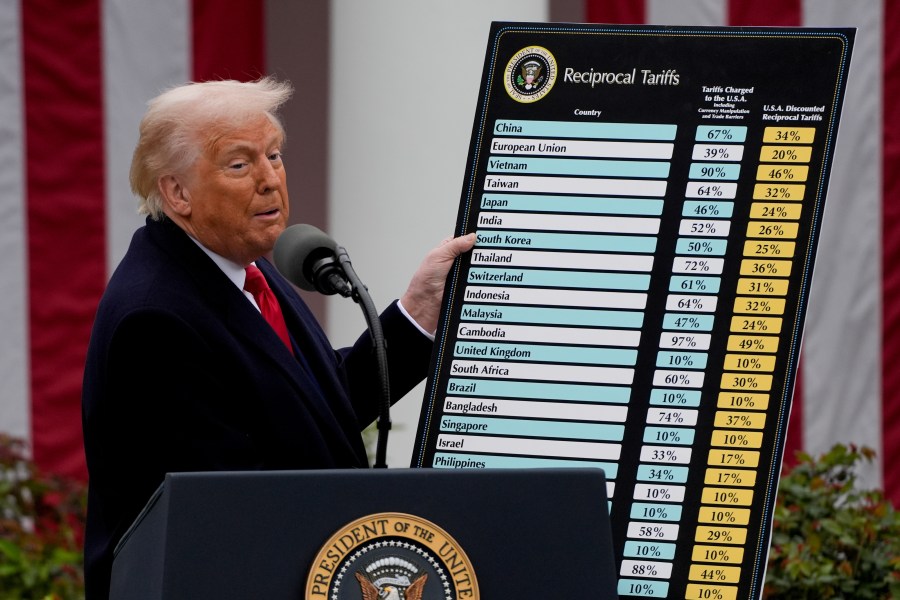
Baseball and gambling have a long, intertwined history. Back in 1919, eight players from the Chicago White Sox, including star hitter “Shoeless Joe” Jackson, conspired to throw the 1919 World Series in exchange for payoffs from gamblers. The players believed they were underpaid and mistreated. The Cincinnati Reds became world champions.
In 1970, it was reported that pitcher Denny McLain of the Detroit Tigers had been a partner in a bookmaking ring. According to Sports Illustrated, a mob enforcer crushed two of McLain’s toes to force him to pay on a horse racing bet. McLain was suspended from the game, then retired. He spent seven years in prison for related crimes.
Manager Pete Rose of the Cincinnati Reds — who still holds baseball’s career hit record (among others) — bet on 52 Reds games during the 1987 season. He wagered tens of thousands of dollars per week on other sports, too, for many years. In 1989, Rose was banned from baseball and the following year, served five months in prison for tax evasion.
In between and since, there have been other incidents of gambling involving baseball players and managers.
This year, however, the biggest wager in baseball was placed by the league itself. I wrote about it before the season, with some trepidation. Tinkering with America’s pastime is not without its risks. But baseball, it seemed, had become too long for a fan base with a shrinking attention span. The games were boring.
Analysts blamed an addiction to the home run that began with Babe Ruth and grew in the era of data analysis. Teams were doing whatever they could to optimize performance, rearranging their defense in ways that made it harder to get a base hit. It made the home run the preferred (if not only) way to score.
Major League Baseball responded by implementing rule changes, intended to speed the pace of play and increase offense. A timer was introduced to hustle players to the batter’s box and shorten the time between pitches. Bases were enlarged to increase the likelihood they’d be stolen. Limits were placed on “disengagement” — the number of times a pitcher could step off the rubber.
By all accounts, the league hit a home run. According to Forbes, total attendance for the 2023 MLB season was 70.7 million, a 9.6 percent increase from 2022. Year-over-year attendance was higher for 26 of the 30 ball clubs. The games were quicker, taking 2 hours, 39 minutes on average, compared with 3 hours, 10 minutes two years ago. Batting averages, stolen base attempts and even the number of home runs grew.
It validates what to me is the most interesting part of the story. Baseball commissioner Rob Manfred was the architect of the new rules. As I wrote in spring, Manfred had been contemplating changes to the game practically since taking the helm in 2015, according to New York Times reporter Mike Schmidt. But as someone who never played baseball or ran a team, Manfred thought it important to listen and learn from baseball’s constituents, especially the fans. Apparently, they had a lot to say.
Because of his knack for listening, Manfred didn’t have to persuade people that the rule changes would be good for baseball. He understood the importance of hearing different points of view, before giving his own.
It’s not easy to do. In conversations, we often speak right away, sharing what we think or offering advice or telling a personal story. Or our minds wander, searching for what to say next.
It conveys a message that the conversation is all about us (the other person — not so much). But as William Ury, co-founder of the Harvard Program on Negotiation and author of “Getting to Yes,” wrote, “How can you possibly change someone else’s mind if you don’t know where their mind is?”
Listening also helps us connect with people, by showing we care. And everybody wants to be heard. At the National Conflict Resolution Center, we teach a course called “The ART of Inclusive Communication.” The “A” in ART stands for active awareness, a part of which is genuine listening. It means focusing on the other person and asking questions that encourage them to
say more on a topic. It means making a genuine effort to understand their perspectives and underlying needs. As Ury wrote, it means “listening to the human behind the words.”
Manfred, it seems, did all of the above. It was a safe bet: After all, the more we listen, the more we are heard. And so begins true persuasion.
Dinkin is president of the National Conflict Resolution Center, a San Diego-based group working to create solutions to challenging issues, including intolerance and incivility. To learn about NCRC’s programming, visit ncrconline.com





